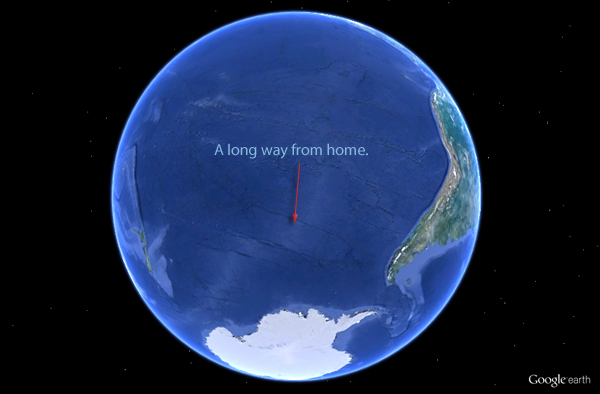TL;DR
- SPAC Attack! The Virgin Galactic IPO
- The Sky[lab] is falling!
Current events
Virgin Galactic is going public! I love the intersection of space and finance, so when space finance makes the news it's my time to shine! Now here's a question for you: who would win, the collective brainpower of NASA with all their PhDs in aerospace engineering and mathematics, or me and my bachelors in finance? 😛
 |
| After multiple test flights of SpaceShipTwo (and years of delays), the company says it will soon be ready for commercial tourism flights |
In a normal IPO, a company hires investment banks to underwrite their stock, meaning the investment bank buys up the company's shares, then turns around and sells those shares (at a profit) to public investors on an exchange for the first time. But like the company's founder Richard Branson, Virgin Galactic's IPO is far from normal; a SPAC (special purpose acquisition company) called Social Capital Hedosophia is investing \$800mm in Virgin for a 49% stake (implying a valuation of ~\$1.6bn)
 |
| Charts like this are my bread and butter at work | Source: Bloomberg |
SPACs are publicly traded shell companies with no operations, but they raise money from investors with the sole purpose of acquiring another company at a later date, providing public access to private companies. When a SPAC IPOs, the money raised is held in a trust until either 1) a suitable company is found and acquired, fulfilling the purpose of the SPAC, or 2) the term of the SPAC expires and the money is returned to the shareholders. SPACs allow private companies to go public without the regulatory hassle and fees of a regular IPO, but SPAC investors must bear the uncertainty of potentially not finding a suitable target and seeing the value of their stake go down. Given the booming IPO market, SPACs have become really popular lately!
 |
| Richard Branson (center) and the employees at Virgin Galactic |
As part of the deal, Chamath Palihapitiya, CEO of venture capital firm Social Capital, is putting in $100mm of his own money and will serve as chairman of the company. I'm so curious to see Virgin's financials, though they'll definitely be unprofitable given they have no revenue yet. The deal valuation implies a 2.5x TEV / 2023E revenue multiple and a 5.5x TEV / 2023E EBITDA multiple; if you're unfamiliar with financial multiples (learn more here), all you need to know is the fact they're using four year forward metrics means Virgin isn't expected to generate meaningful operating income for a long time. Still, if you have an appetite for risk and are seeking astronomical returns (haha!), maybe it's worth investing!
This week in space history
It's my second post on Skylab (click here for the first)! America's first space station was launched in 1973 on the final flight of the mighty Saturn V moon rocket and was occupied by astronauts for 24 weeks, facilitating numerous solar observation, life science, and physics experiments. But afterwards, it remained abandoned in orbit until it reentered Earth's atmosphere in a spectacular uncontrolled fireball on July 11, 1979!
 |
| Skylab at launch and in orbit |
Here's what happened - due to both budget constraints and lack of foresight / preparation from NASA, Skylab didn't have any mechanism to control its trajectory, so when they discovered in 1978 that the 77-ton station's orbit was rapidly decaying, Congress demanded to know what NASA could do to prevent space debris from killing some poor schmuck. NASA was at an impasse - the Space Shuttle had been delayed and wouldn't end up launching until 1981, so without a manned rocket the best they could do was use Skylab's boosters to try guide it into the Indian Ocean. They were close, but pieces of Skylab ended up falling across remote areas of Western Australia. Thankfully no one was hurt
The public of course had a field day lampooning NASA's predicament - across the globe, people hosted Skylab watch parties hoping to witness the station's fiery demise, with everything from bullseye T-shirts to fake "Skylab repellent" being peddled. Thankfully NASA and other space agencies have learned their lesson; these days they try deorbit defunct spacecraft into a remote "spacecraft graveyard" in the South Pacific, far far away from any people. Learn more fun facts about Skylab's reentry here!
 |
| The South Pacific Ocean Uninhabited Area, where hundreds of spacecraft have found a watery grave the last several decades |
The public of course had a field day lampooning NASA's predicament - across the globe, people hosted Skylab watch parties hoping to witness the station's fiery demise, with everything from bullseye T-shirts to fake "Skylab repellent" being peddled. Thankfully NASA and other space agencies have learned their lesson; these days they try deorbit defunct spacecraft into a remote "spacecraft graveyard" in the South Pacific, far far away from any people. Learn more fun facts about Skylab's reentry here!


No comments